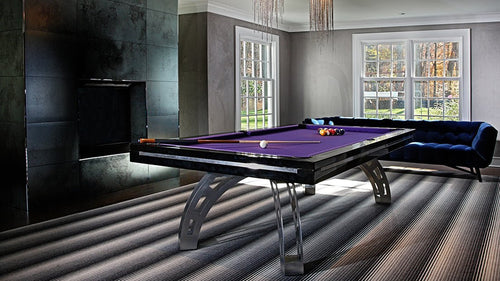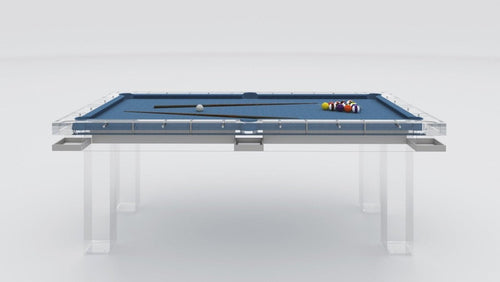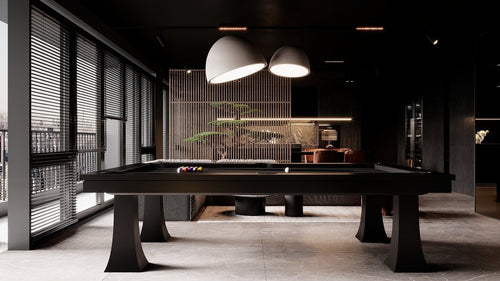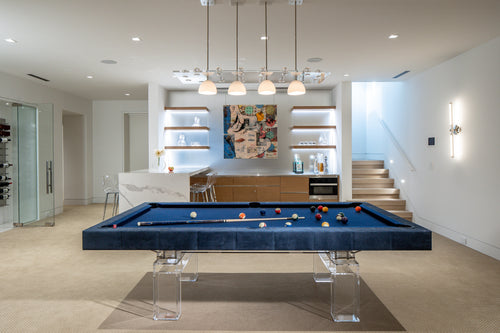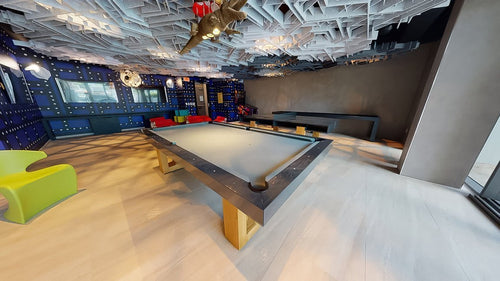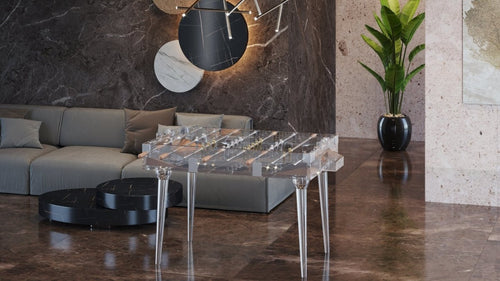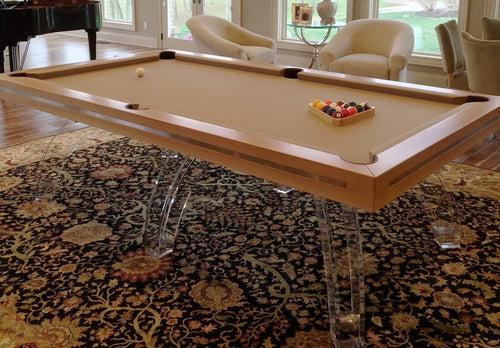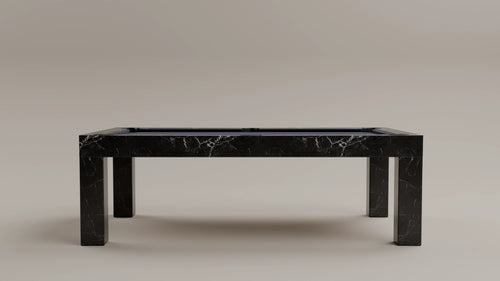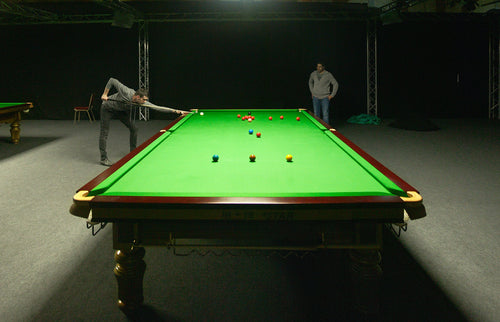Enjoy our modern designs
Estimated Read Time: 5 mins |
In professional interior design practice, a well-drafted contract is both a legal safeguard and a professional necessity. From outlining services and responsibilities to managing expectations and ensuring ethical conduct, contracts form the backbone of successful design projects.
Why Design Contracts Matter
Legal Protection
A written contract serves as legal protection for the designer and the client. It is the strongest evidence that an agreement exists, helping to enforce terms if disputes arise.
Avoiding Disputes
Verbal agreements are notoriously unreliable. Written contracts reduce misunderstandings, prevent fraud, and limit legal ambiguities.
Defining Responsibilities and Compensation
Contracts clearly define what each party is responsible for and how compensation is structured. This ensures fair payment for the designer’s time, creative efforts, and overhead costs.
Professionalism
Using contracts reflects professionalism and helps set expectations early in the process. They offer clear guidelines in case legal intervention is needed.
Ethical Obligation
Disputes around contracts are a common source of ethics complaints. Designers must operate within ethical and legal boundaries, and contracts help formalize those boundaries.
The Six Elements of a Legally Enforceable Contract
- Offer – A designer proposes to perform a service.
- Acceptance – The client agrees to the exact terms.
- Contractual Capacity – Both parties must have legal authority.
- Consideration – Something of value (usually design fees) must be exchanged.
- Mutual Assent – Agreement must be reached voluntarily.
- Legality – The contract must be for a legal purpose.
Agreement Formats
Contract vs. Letter of Agreement
A letter of agreement is less formal but can still be legally binding if it includes the contract essentials. Residential designers often favor this format.
Proposal vs. Contract
A proposal is not a contract. It outlines ideas and plans but lacks legal enforceability unless converted into a contract.
Oral Agreements
While legal in some cases, oral agreements are poor practice. Courts favor written contracts, and many jurisdictions require them for certain high-value or long-term agreements.
Key Clauses in a Design Contract
- Project Description and Scope: Outlines exactly what will be done and what is excluded.
- Compensation Structure: Fixed fee, hourly, or percentage. Includes payment terms and penalties for late payment.
- Purchasing Terms: Who handles purchasing, payment terms, shipping, warranties, and what happens with third-party purchases.
- Reimbursement for Expenses: Lists reimbursable costs like travel or printing.
- Extra Services: Specifies how additional work will be approved and billed.
- Liability Disclaimers: Protects the designer from being liable for external contractor errors or client changes.
- Third-Party Charges: Outlines how consultants or contractors will be billed.
- Photography and Marketing Rights: Grants rights for photographing the finished project with client consent.
- Termination Conditions: Details how the contract can be legally ended.
- Client Responsibilities: Clarifies what the client must provide or do.
- Ownership of Documents: States the designer retains rights to drawings and plans.
- Time Frames and Retainers: Sets project deadlines and initial deposit amounts.
- Arbitration Clause: Defines how disputes will be handled outside court.
- Signatures: Legally binds all parties.
Performance and Breach
A contract is complete when both parties fulfill their duties. If one side fails to perform, it’s considered a breach. This can lead to lawsuits for damages or cancellation. Professional documentation and communication help prevent such issues.
Professional Responsibility and Ethics
Interior designers have a legal and ethical duty to deliver services responsibly. This includes abiding by building codes, disclosure rules, and ethical standards set by professional associations like ASID and IIDA. Contracts must reflect these principles, and legal counsel is highly advised to protect the designer and their practice.
Conclusion
A strong design contract is not just about legal compliance—it’s a declaration of professionalism, ethics, and clarity. It protects the designer, sets boundaries, and ensures the client relationship is built on mutual understanding. Always tailor contracts to your specific services, consult legal experts, and treat the contract as a living document that supports both creativity and business integrity.



